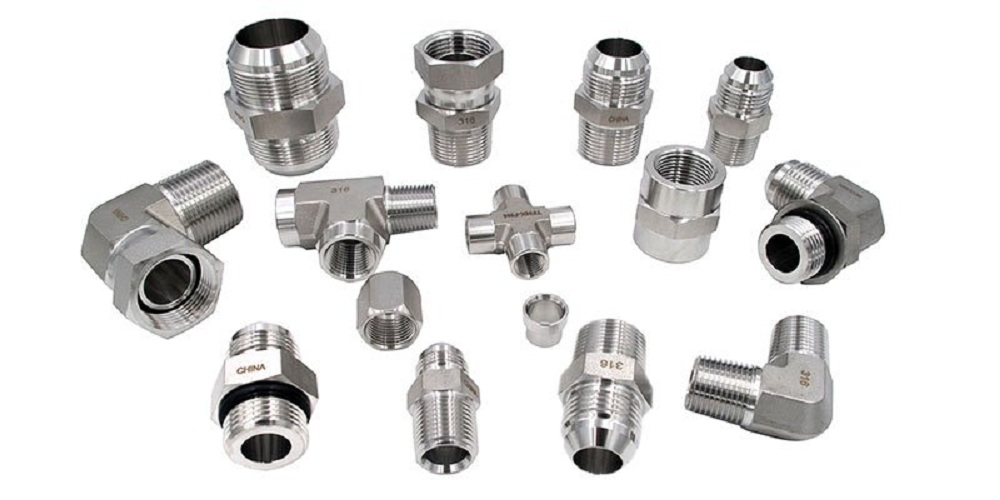In a hydraulic system, all equipment works under high-pressure conditions, so fittings are important to connect tubes, pipes, and hoses to keep them fixed in one place. These hydraulic fittings need to be reliable, versatile, and strong for safety and effectiveness in their respective applications.
To maintain the safety protocol, you need to follow strict standards while choosing the fittings. Here we are going to discuss a few factors that you need to keep in mind before selecting the hydraulic fittings.
Let’s check these features out!
Material
Hydraulic fittings come in various types of materials like brass, steel, stainless steel, plastic, Cast iron, & aluminum. These materials differ on the basis of their pressure handling characteristics, resistant properties, and strength. Metal is the preferable material over plastic because of its higher strength properties.
Aluminum –
Aluminum is corrosion-resistant, low tensile strength, lightweight, & used in low-pressure applications due to low density. It’s alloyed with silicon, copper, zinc, manganese, and other metals to increase its hardness and strength.
Plastics –
Plastic is a better option for corrosive conditions, but it’s not as durable and strong as metal. Based on properties, two types of plastic are used in hydraulic systems; Polypropylene & Polysulfone.
- Polypropylene has bi-axial strength, yield elongation properties, excellent cold flow, greater weathering, corrosion, UV, & ozone resistance.
- Polysulfone is a thermoplastic (-100°C-150°C) with higher strength & rigidity.
Size
Hydraulic fitting is all about a perfect fit. But what if you will not choose the proper sizing? Well, it will not only be incompatible & inadequate, but also it will also cause serious safety issues related to the system and human lives. There are two measurement units for fittings English (“) & Metric (mm). Measure the size of the diameter of the vessel where you want to use the fittings and determine the fitting size.
Types
Hydraulic fitting is available in countless different types based on their applications and connection types. Basic types are Compression fittings Crimp Fittings, End Fittings, Threaded Fittings, Flanged Fittings, and Push-to-Connect fittings.
These fitting are further divided into various types based on their applications.
- Fittings use to terminate or extend the pipe lengths like adapter, coupling, sleeve, cap, union, & many more.
- Fittings that change or add direction in pipes like a cross, tee, elbow.
Make sure to carefully select the type of fitting.
Operation
Based on the pressure & temperature conditions of the hydraulic system, fittings are constructed & designed accordingly.
· Operational Temperature Range
Fittings are designed to operate in a specific temperature working range; the temperature range can be measured in Celsius (°C) or Fahrenheit (°F) degrees.
· Operational pressure range
Fittings are designed to operate in a specific pressure working range; the pressure range is usually measured in psi (pounds per square inch).
Remember that the condition above or below from a specific point can cause fittings failure.
Availability
It is very important to timely replace your system’s fitting to avoid any incident or loss. Shanghai Wan Hui Machinery Co., Ltd is a Chinese company specialized in machinery parts manufacturing. You will find a huge range of fittings from vortab flow conditioner fitting to the hydraulic system fitting from the official website of the company. Click and place your order now.

